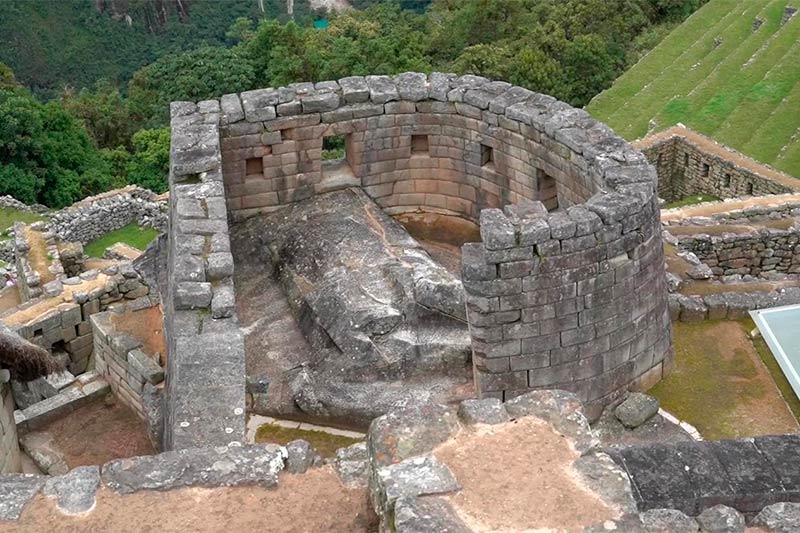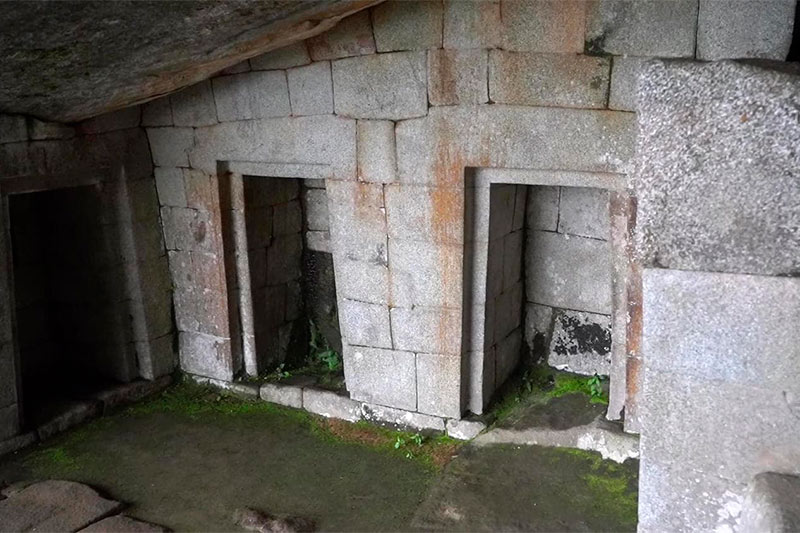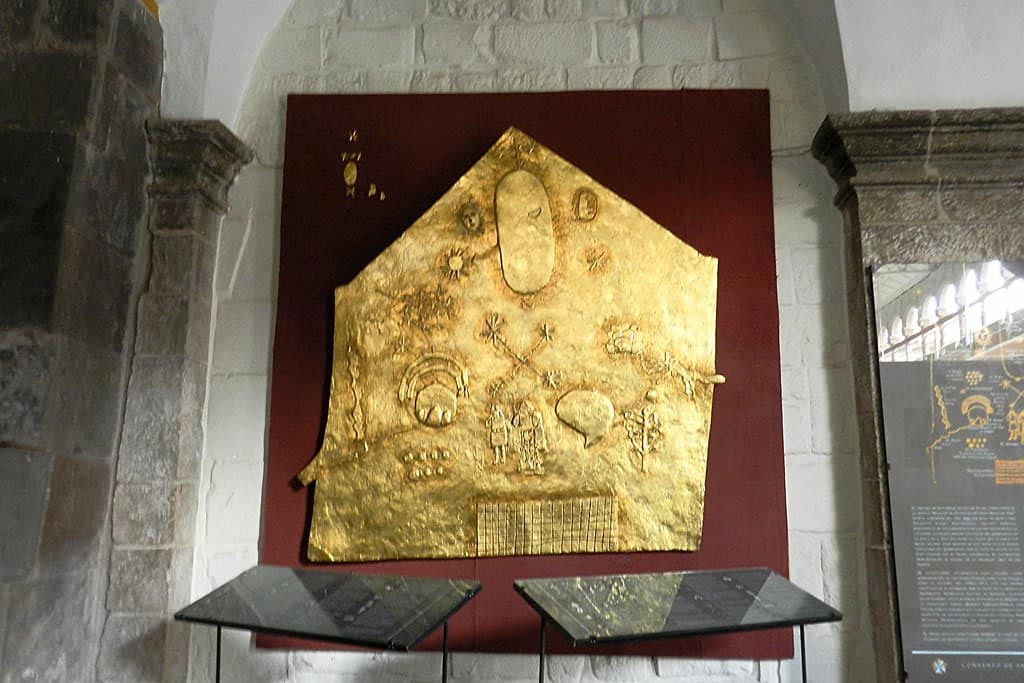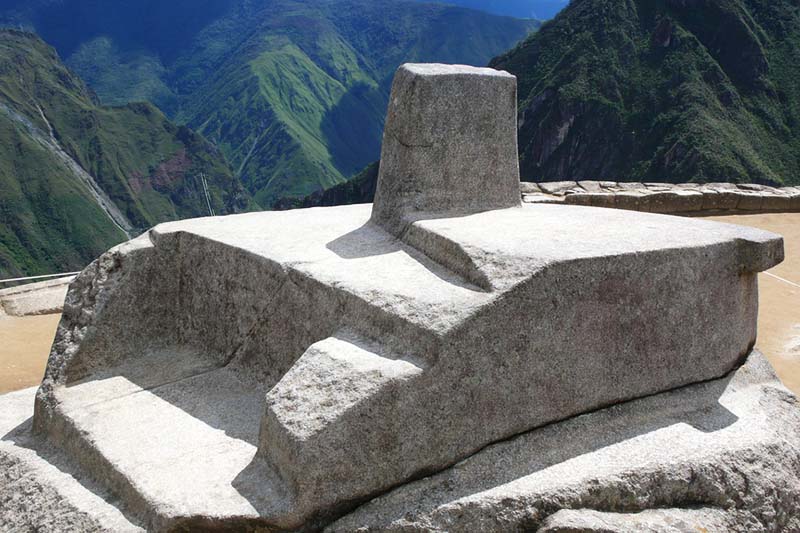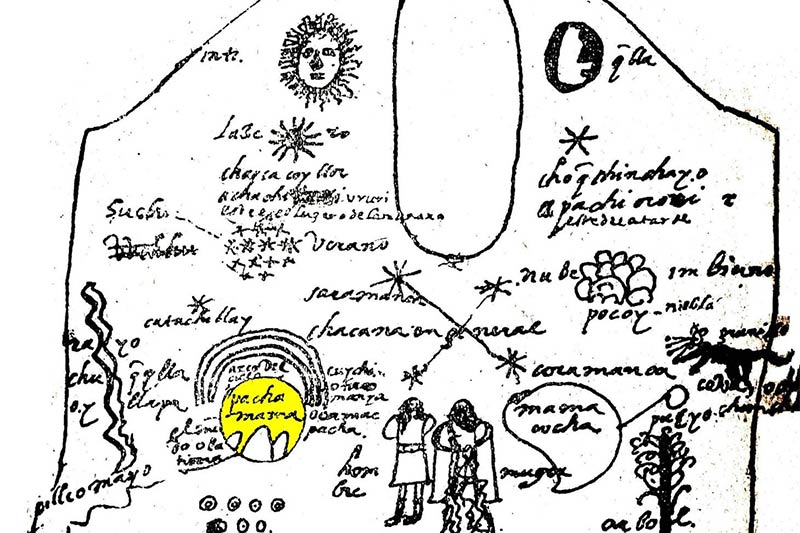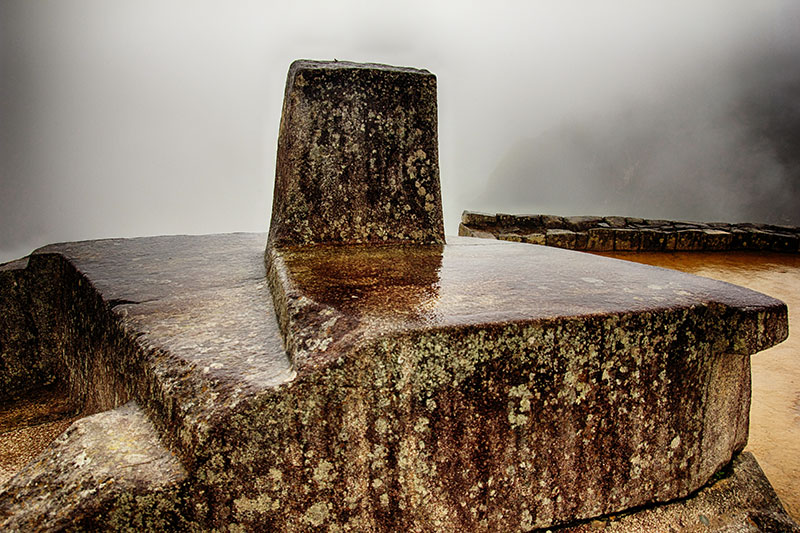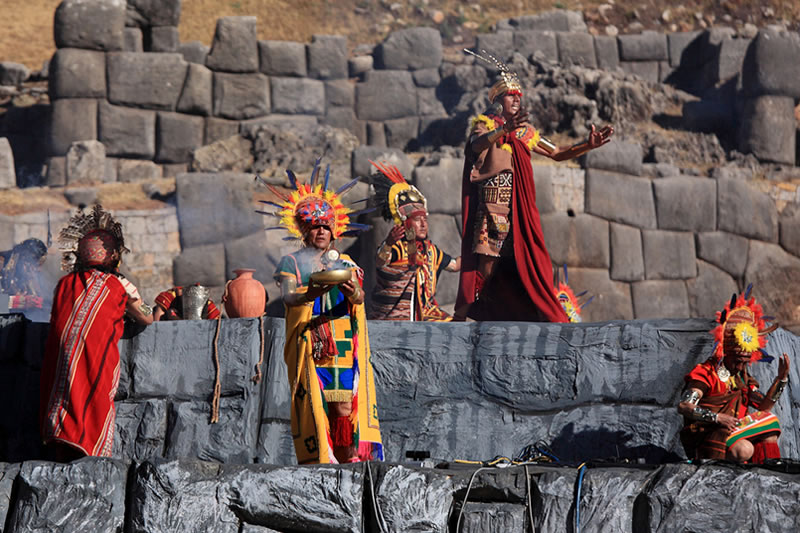Astronomy and Calendar of the Incas
The Incas, the largest empire in South America, were one of the civilizations of ancient Peru that most cultivated astronomy. They were able to define the constellations, stars, the change of seasons, the agricultural calendar and more. The city of Machu Picchu as well as other ancient citadels such as Pisac or Ollantaytambo are geodesically aligned. Some of its most important buildings such as the ‘Intihuatana’ represented astronomical calendars. Until today it is possible to see these buildings in the visit to Cusco and Machupicchu.
- The importance of astronomy for the Incas
- Constellations identified by the Incas
- The Inca calendar
- Inca astronomical observatories
- Inca astronomy and agriculture
- Inca astronomy and religion
- Photos: Inca astronomy
- Some facts about Inca astronomy
- Frequently asked questions about Inca astronomy
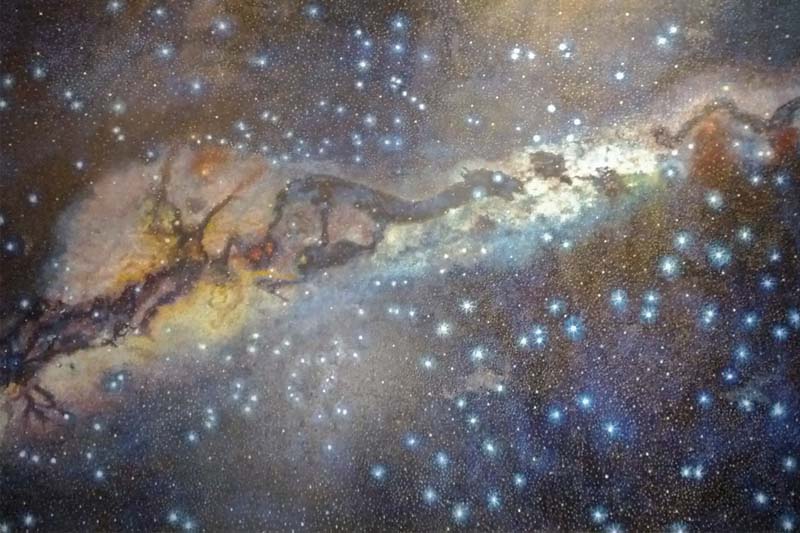
The stars of the Incas
The importance of astronomy for the Incas
- For the Inca civilization, astronomy was very important mainly due to its use in religion and agriculture.
- The Incas could identify the solstices, equinoxes, the changes of season in order to better identify the time of sowing and harvesting.
- During the Inca Empire, the urban distribution of the city of Cusco imitated the constellations in the sky. Thus, the city had the shape of a puma, where the Sacsayhuaman fortress was the head of the feline and the Coricancha temple, the tail.
- Finally, the Inca religion was based on astronomy. The Inca pantheon was made up of the sun, the moon, the stars, and more.
The Incas had a polytheistic religion. Their main gods were elements of the universe such as the sun, the moon, the stars, etc. The Inca emperor was considered the son of the sun. Other Inca gods were the earth, the mountains, the lagoon, the lightning, the river and other elements of nature. For them the world was divided into the world above or of the gods (Hanan pacha), the earthly world or of the living (Kay pacha) and the lower world or of the dead (Uku pacha).
Constellations identified by the Incas
- By observing the stars the Incas identified that the constellations resembled the animals and things of their daily life. This is how they believed that the god Wiracocha (creator god of the world) had given each animal, bird and living being a corresponding star that protected him.
- The Incas identified 2 types of constellations: the first made up of stars that, when connected, create images of animals and gods. The second type was made up of the dark spots of the milky way. These dark spots were considered animated constellations, which had life.
- The milky way was considered a huge astral river, which was represented on earth by the river ‘Mayu’, which was the source of water for life. According to the Inca worldview, heaven and earth were connected.
The constellations identified by the Incas were:
- Mach’acuay: the serpent.
- Hanp’atu: el sapo.
- Yutu: la perdiz.
- Urcuchillay: the flame.
- Atoq: the fox.
- Chakana: the southern cross.
The Inca calendar
- Astronomical observation made the Incas conceive of a solar year composed of 12 periods, each of these with 30 days (3 weeks of 10 days). According to some chroniclers, the last day of this period was considered the ‘qhatu’ (fair day) in which products could be exchanged.
- The beginning of the Inca year depended on each region of the empire. In the city of Cusco (capital of the empire or Tahuantinsuyo) the year began in August, a date that coincided with the start of agricultural activity.
The months of the Inca year were:
- Raymi (December): The great Easter of the Sun, the ‘Huarachicuy’ ceremony.
- Camay (January): Penances and fasts of the Incas.
- Jatunpucuy (February): Month of flowers in which sacrifices and offerings were made with enormous amounts of gold and silver.
- Pachapucuy (March): Month of rain when animals were sacrificed.
- Arihuaquis (April): Ripening of corn and potatoes (main foods of the Inca people).
- May: Month of the harvest.
- Aucaycusqui (June): Feast in honor of the sun god (Inti Raymi), coincides with the winter solstice.
- Chaguahuarquis (July): Month in which the distribution of land took place, and the preparation for planting.
- Yapaquis (August): Month of sowing.
- Coyaraymi (September): Festival in honor of the Coya (queen), and to expel evil spirits and diseases.
- Humaraymi (October): Time for the invocation of the rains.
- Ayamarca (November): Time to worship the dead.
Inca astronomical observatories
- The Incas built many astronomical observatories throughout their vast empire, which encompassed parts of present-day Peru, Bolivia, Ecuador, Chile, Argentina, and Colombia.
- Usually, astronomical observatories were located in temples and on top of mountains. Being close to the sky allowed the Incas to have a better view of the sky and, at the same time, to be close to their main gods: the sun, the moon, the stars, the mountains.
- For astronomical observation, whether for religious or agricultural purposes, the Incas used sundials (Intihuatana), water mirrors, viewpoints at the top of the mountains and more.
- Some of the most famous Inca astronomical observatories are: the Machu Picchu mountain, the Huayna Picchu mountain, the Intihuatana of Machupicchu, the Intihuatana of Pisac and, recently discovered, the astronomical observatory at the site of Tambo de Huánuco Pampa (in the current department of Huánuco).
Inca astronomy and agriculture
- The Incas made a practical investigation of the solar movement in order to better organize the period of sowing and harvesting.
- The Inca calendar was based on agriculture. Thus, the days were divided according to the observation of the sun and the moon. Each month had its correspondence with sowing, harvesting or other agricultural activity. For example, every winter equinox (when the sun is closest to the earth) the Incas celebrated their greatest religious festival, the Inti Raymi (festival of the sun).
- Thanks to astronomical observation (prediction of rains and droughts), the Incas achieved an important planting and harvesting system that supplied the entire empire. The main foods were: potatoes, mashua, oca, olluco, corn, sweet potatoes, beans, quinoa, etc.
Inca astronomy and religion
- The Inca religion was based on astronomy because it was closely linked to the stars of the sky. The main god of the Incas was the sun (Inti in the Quechua language). Likewise, they also worshiped the moon (Quilla), the stars (chaskas) and lightning (Illapa). According to his worldview, each element of the earth had its correspondence in the milky way.
- The Incas believed that the world of the gods was in the sky or firmament (the Hanan pacha). The other worlds were made up of the Kay pacha (earthly world) and the Uku pacha (the world below or of the dead).
- The main Inca religious temple, the Coricancha had shrines for each of the gods such as sun, moon, stars, lightning, etc. From this temple, located in the center of Cusco, axes or ‘ceques’ started in a straight line. With astronomical observation, the Incas grouped these ‘ceques’ with the ‘huacas’ or most important religious shrines of the entire empire.
Photos: Inca astronomy
Some facts about Inca astronomy
Besides the Incas, all cultures of ancient Peru made astronomical observations primarily for agricultural purposes. Some of the most important were the Chavín (1,200 BC – 400 BC), Mochica (150 AD – 700 AD) and Nazca (100 AD – 800 AD) cultures. This last culture is famous for its ‘Nazca Lines’, a huge astronomical observatory in the desert.
According to recent research, Machu Picchu was an Inca city, agricultural center, religious center but also an astronomical observatory. This is demonstrated by the observatories located on the tops of the Huayna Picchu and Machupicchu mountains, as well as the construction of an Intihuatana in the middle of a religious center. The Incas required this observatory to predict the time of sowing and harvesting.
The Incas had many holidays related to agricultural work and the movement of the sun. For example the Inti Raymi (festival that coincides with the winter solstice) and the Qhapac Inti Raymi (festival that coincides with the summer solstice).
Frequently asked questions about Inca astronomy
1) How was the year divided according to Inca astronomy?
The Inca astronomers conceived a solar year composed of 12 periods, each of these with 30 days (3 weeks of 10 days).
2) What discoveries did the Incas make in astronomy?
The Incas discovered constellations (such as the Southern Cross), divided the year into twelve months of 30 days and took advantage of astronomical observation to choose the correct time for planting and harvesting in the empire.
3) How did the Incas manage to predict astronomical cycles?
By simply observing the sky, the Incas could identify the solstices, equinoxes, the changes of season in order to better identify the time of sowing and harvesting.
4) Why did the Incas worship the sun?
The Incas worshiped the sun as the most important star for harvesting and planting. In their myths and legends, Manco Cápac (the founder of the Inca dynasty) was the son of the sun.
5) What constellations did the Incas discover?
The Incas discovered constellations that made her resemble the animals and figures around her. These are: Mach’acuay (the snake), Hanp’atu (the toad), Yutu (the partridge), Urcuchillay (the flame), Atoq (the fox) and Chakana (the southern cross).
6) What are the intihuatanas? How did the Incas use it?
The intihuatanas were sundials that predicted the position of the sun. Thus the Incas were able to predict the correct time for planting and harvesting.
7) What was the Inti Raymi? What relationship did he have with astronomy?
The Inti Raymi was the ‘Fiesta del Sol’, the celebration in homage to the Inca god. It was celebrated every winter equinox (when the sun is closest to the earth). Until today, the people of Cusco celebrate this festivity of Inca origin (every June 24).
8) How was the Inca calendar divided?
The Incas conceived of a solar year made up of 12 periods, each of these with 30 days (3 weeks of 10 days).
By Ticket Machu Picchu – Last updated, August 15, 2024
